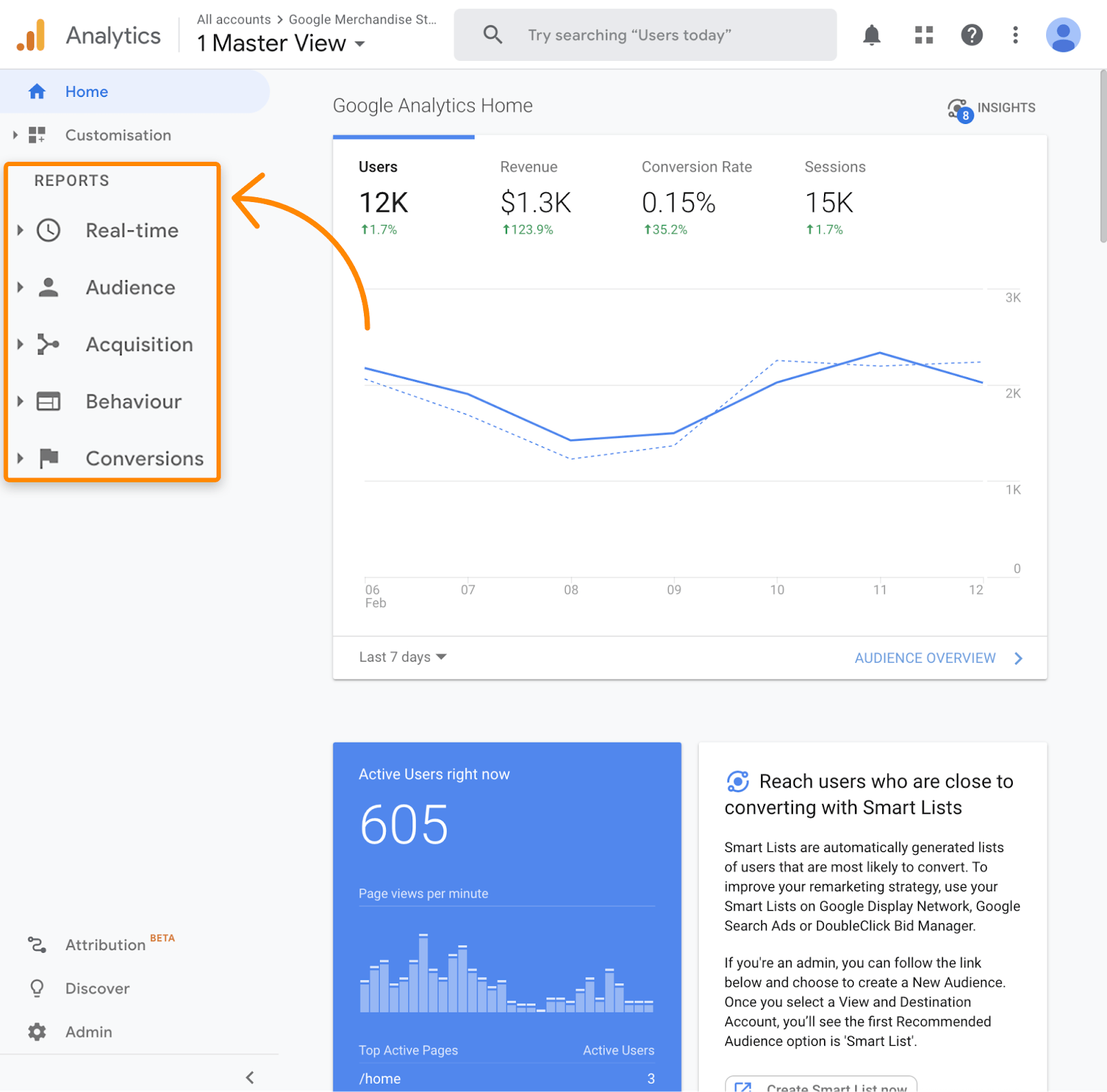Introducing the Influence of Second Dimension in Google Analytics on Information Evaluation and Insights
In the realm of information analytics, the application of second dimensions within Google Analytics has actually emerged as a critical device for drawing out deeper understandings and unraveling complex patterns that may otherwise stay obscured. By peeling back the layers of key information sets, secondary dimensions use a nuanced point of view that enhances the understanding of individual actions, site efficiency, and the performance of marketing approaches. Nevertheless, real effect and untapped possibility of additional dimensions are often taken too lightly, eclipsed by the attraction of primary metrics. As we browse via the detailed landscape of information analysis, the relevance of second measurements ends up being significantly apparent, clarifying essential information that hold the trick to informed decision-making and tactical optimizations.
Exploring the Concept of Additional Dimensions
Additional measurements in Google Analytics offer added understandings by enabling customers to assess main information in combination with a secondary characteristic. By including secondary measurements, individuals can dive much deeper into the information and discover important correlations that may or else go unnoticed - what is a secondary dimension in google analytics.
By discovering the numerous secondary dimensions available in Google Analytics, individuals can unlock brand-new understandings and maximize their electronic marketing initiatives. In significance, second measurements offer as a powerful device for boosting information evaluation and driving workable results.
Enhancing Data Interpretation With Secondary Dimensions
Having developed the fundamental understanding of second dimensions in Google Analytics and their critical role in data analysis, the emphasis currently shifts in the direction of leveraging these second attributes to improve the analysis of analytics data (what is a secondary dimension in google analytics). By including second dimensions right into information analysis, analysts can get deeper understandings into user habits, site efficiency, and advertising efficiency

Furthermore, secondary measurements assist in contextualizing primary data metrics by supplying added layers of details. This contextualization help in comprehending the 'why' behind the data patterns, helping analysts make educated choices and optimizations to boost general performance. Inevitably, including second measurements enhances the data analysis process, leading to more tactical actions and purposeful insights.
Revealing Hidden Insights Through Secondary Dimensions
Checking out the depths of analytics data with second measurements exposes beneficial insights that would certainly otherwise remain obscured. By including second measurements in Google Analytics, organizations can discover hidden patterns, patterns, and relationships that offer an even more extensive understanding of user habits and website efficiency. These added layers of information allow analysts to dive much deeper into the main measurements, such as traffic sources or touchdown web pages, and get a much more nuanced viewpoint on how different variables connect with each other.
Via the usage of second measurements, analysts can segment and contrast information throughout different dimensions, allowing them to recognize details factors that affect individual interaction, conversion rates, and overall success metrics. By matching the main dimension of 'tool classification' with the second measurement of 'age team,' marketing experts can determine which age demographics like accessing the site through mobile gadgets versus desktops.
Leveraging Second Dimensions for Actionable Analytics
Building upon the understandings revealed with secondary measurements in Google Analytics, services can currently harness this enriched data landscape to drive workable analytics and strategic decision-making. By leveraging second dimensions, organizations can dive deeper find out this here right into their data to draw out valuable patterns, fads, and connections that might have previously gone undetected. This much deeper degree of analysis allows businesses to obtain a more extensive understanding of customer actions, campaign efficiency, and overall web site effectiveness.
One secret benefit of utilizing second dimensions for workable analytics is the capacity to investigate this site segment data based upon specific requirements. This division allows businesses to customize their techniques and projects to various target market groups, bring about more targeted and efficient marketing initiatives - what is a secondary dimension in google analytics. In addition, second dimensions offer a more alternative sight of customer communications, enabling companies to maximize their site material, style, and general customer experience
Maximizing Decision-Making With Second Dimensions
To improve calculated decision-making in analytics, leveraging additional measurements in Google Analytics can provide a more nuanced perspective on user behavior and project efficiency. By including second measurements right into data evaluation, businesses can delve deeper right into the specifics of their site visitors' interactions and engagement patterns. This additional layer of details permits an extra comprehensive understanding of just how different variables, such as demographics, gadgets, or website traffic resources, effect essential performance indications.

Conclusion
In final thought, using second dimensions in Google Analytics plays a crucial function Your Domain Name in enhancing information evaluation and discovering concealed insights. By discovering this idea, one can obtain a deeper understanding of user actions and make notified choices based on workable analytics. Leveraging second measurements permits an extra comprehensive analysis of information and makes the most of the effectiveness of decision-making procedures.
